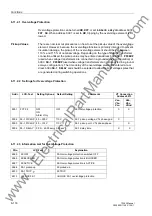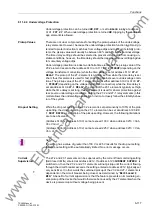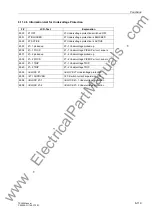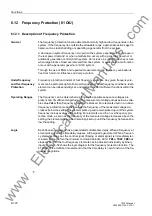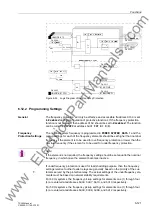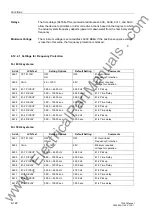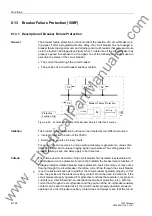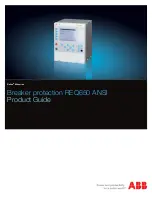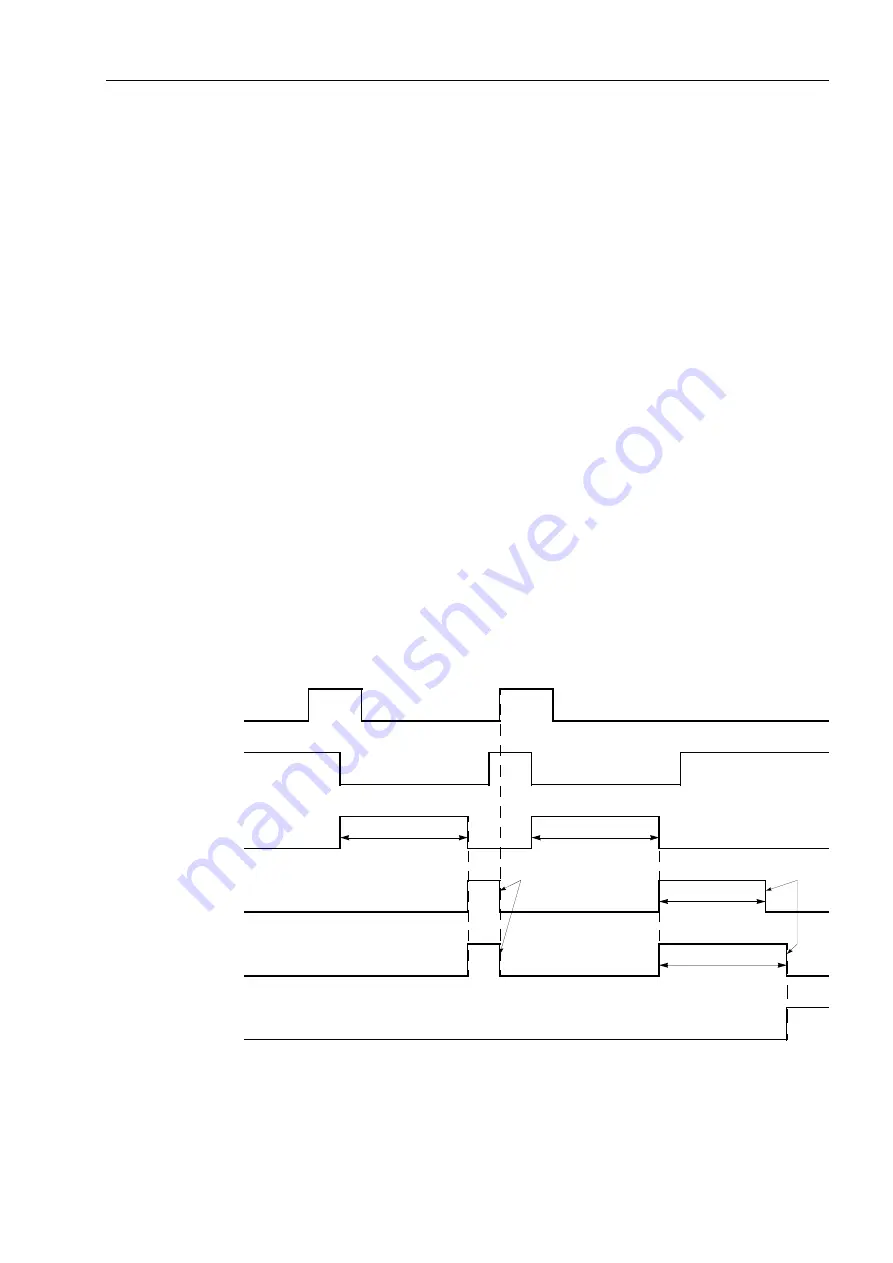
Functions
6-129
7SJ63 Manual
C53000-G1140-C120-1
6.14
Automatic Reclosing System (79M)
6.14.1 Description of Automatic Reclosing System
General
From experience, the majority of faults associated with overhead distribution feeders
are temporary in nature. Therefore, to maximize service availability, it is desirable to
employ a system that will close the circuit breaker shortly after it is tripped. This is ac-
complished in the 7SJ63 relay via the automatic reclosing system.
When using the automatic reclosing system, if the fault still exists after the circuit
breaker has been reclosed, then the protective elements will re-trip the circuit breaker.
Depending on the number of reclosing attempts programmed for the automatic reclos-
ing system (up to nine are possible), the circuit breaker will either be reclosed again,
or will remain open.
The automatic reclosing function is typically utilized only in situations where the occur-
rence of temporary faults is anticipated. Therefore, the automatic reclosing system is
not applied when the 7SJ63 relay is used to protect generators, motors, transformers,
and cables.
The automatic reclosing function can also be initiated by an external protection relay.
For this application, an output contact from the tripping relay must be wired to a binary
input of the 7SJ63 relay. It is also possible to allow the 7SJ63 relay to work in conjunc-
tion with an external reclosing device.
Figure 6-56 shows an example of a timing diagram for a successful second reclosure.
Figure 6-57 shows an example of a timing diagram for two unsuccessful reclosing
shots, with no additional reclosing of the circuit breaker.
Figure 6-56
Timing Diagram for a Second Successful Reclosure
Trip Command
Breaker Status
Dead Time
Reclose Command
Reset Time
Reclosing
Successful
'($'7,0(
'($'7,0(
70D[&/26(&0'
5(6(77,0(
&DQFHOZLWKDQHZ
7ULS&RPPDQG
&\FOH
FRPSOHWHG
52-a
closed
open
(Blocking Time)
$GGU
www
. ElectricalPartManuals
. com


